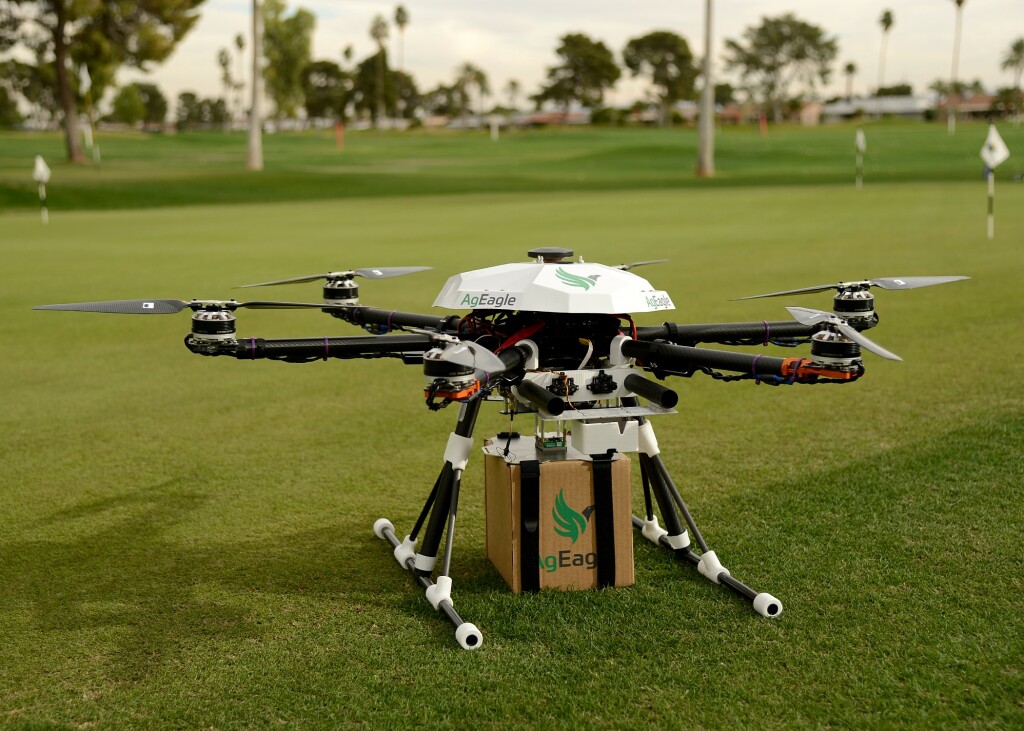The first meeting of the Federal Aviation Administration (FAA) Drone Advisory Committee (DAC) took place on September 16, 2016, under the umbrella of the RTCA (Radio Technical Commission for Aeronautics). This initial gathering of industry experts, academia and government organizations evolved through the years to become a well-established entity that has been managing the relationship between a growing industry and the regulators in charge of supervising its activities.
Over the past five years, the DAC has seen an evolution in terms of membership and mandate and now constitutes a key element in the successful deployment of unmanned aerial vehicles (UAVs) and advanced air mobility (AAM) aircraft in the national airspace (NAS).
Given the fluid nature of UAV/AAM technology and the delicate point at which the industry finds itself in, the DAC is now more important than ever. The FAA is inching ever closer to allowing certain flights to go beyond visual line of sight (BVLOS) in remote areas as well as operations over people in the delivery of medical supplies and emergency deliveries.
 We reached out to a member of the DAC, Brandon Torres Declet, CEO of AgEagle, to find out more about the committee in general and the road to full deployment of UAVs and AAM in particular.
We reached out to a member of the DAC, Brandon Torres Declet, CEO of AgEagle, to find out more about the committee in general and the road to full deployment of UAVs and AAM in particular.
“Initially we applied to the DAC as a drone service provider (DSP) and were rejected,” Brandon said with humor. “Then we successfully reapplied as an agricultural specialist and now we are the only publicly traded UAV company on the committee.”
The conversation turned to the work on the committee and the perceived tension between industry and the FAA for a more expeditious process of deployment.
“We all recognize that safety is everyone’s priority, and on that front, we agree and support the FAA,” Brandon explained. “The issue is that the industry really needs to show results in terms of revenue and that can only come when we have hundreds if not thousands of flights delivering goods and services as we replace dirty-dull-dangerous tasks with unmanned vehicles. This will be good for humanity and good for the environment.”
When asked about the role of AgEagle in the DAC, Brandon was clear as to where they see themselves contributing.
“As a drone manufacturer and solutions provider, I believe our role is to bring to the table the concerns and aspirations of the American companies that are investing huge sums of money to make sure the technology complies with the FAA requirements,” He said with conviction. “Only through this approach will we convince the regulator, not only in the USA but worldwide, that this technology is worth adding to a safe and reliable NAS.”
Focusing a bit more on AgEagle as a company, Brandon gave us a broad view of the last year and the challenges ahead.
“We acquired MicaSense, a leader in the development and manufacturing of sensors, in January and Measure, a leader in drone automation, in April to complete the picture that we had in mind in terms of offering a complete solution for our customers,” Brandon said. “Our mission is to create entirely new standards of rule for quality U.S. drone manufacturing and the provision of precision-crafted, purpose-built unmanned aerial systems, subcomponents and drone-related equipment and solutions capable of empowering our customers to thrive and prosper in the inevitable drone age, today and long into the future.”
With these recent acquisitions and the naming of Brandon as its CEO, AgEagle is positioning itself to be a dominant player in what seems to be a bright future in terms of R&D and full deployment of unmanned solutions.














Comments